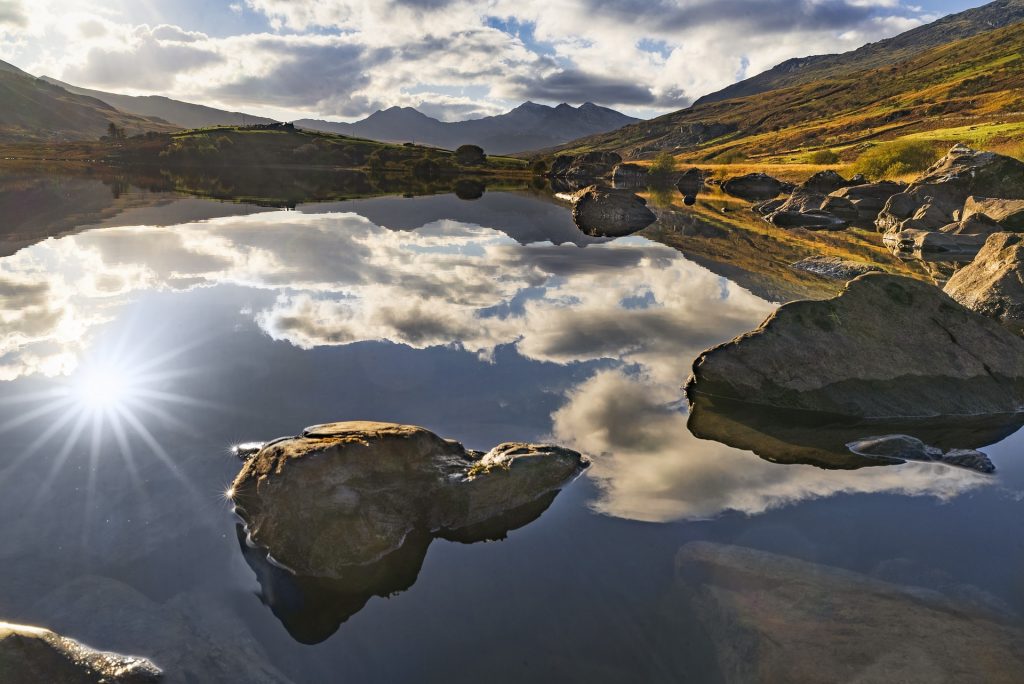The era of Romanticism is long over and yet more people than ever are drawn to spend time at one with nature. From spring to autumn, neon-coloured hikers can be found in the mountains and in some areas, the gentle rustle of the wind mixes with the clanking of chains on mountain bikes, the splashing of idyllic waterfalls and the satisfied mooing of cows. Picturesque nature can be experienced particularly well in national parks – protected areas where the original character is to be preserved and where little or no human influence is exerted.
In Europe alone there are several hundred national parks, all of which are worth a visit. It is not easy to make a decision as to which parks should not be missing from any nature lovers bucket list. That’s why Holidu, the search engine for holiday homes, is here to help! Using data from Google, Holidu has put together a ranking of the top ten most popular European national parks. Prepare to be inspired and begin planning your next trip to one of the breathtaking locations!
- Snowdonia National Park, Wales – 4,9 ★ out of 18.522 reviews
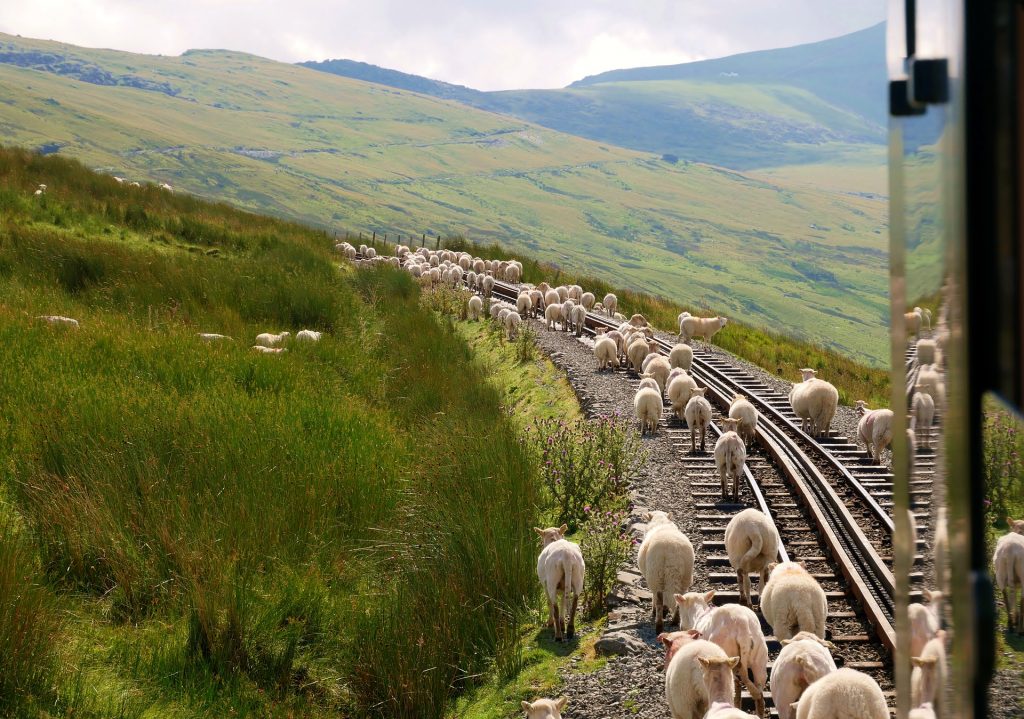
Europe’s most popular national park is located in Wales and is a park of superlatives: Snowdonia is not only the oldest national park in the country, but is also home to the highest mountain, Mount Snowdon, and the largest lake, Bala Lake. The verdant landscape extends over 2000 km2, offering mountain ranges, clear lakes and plenty of fresh air. Deserted ruins provide mystical experiences and the countless sheep as well as the view of picturesque valleys complete the idyllic location. If you are not so much into long hikes and strenuous mountain tours, but would still like to experience the impressive landscape from the highest point, that’s not a problem. Just take the UK’s only public rack and pinion railway straight to the 1,085 metre peak of Mount Snowdon. The steam locomotive runs from around mid-March to the end of October and conquers an altitude difference of around 1,000 metres. Once you have reached the top, you will surely understand why the Welsh called this park “Eryri” – The Land of the Eagle.
Good to know: Watch out for the monster at Bala Lake, “Teggie” (derived from the Welsh name of Bala Lake, Llyn Tegid). It is said to be up to no good.
- Bieszczady National Park, Poland – 4,9 ★ out of 10.295 reviews
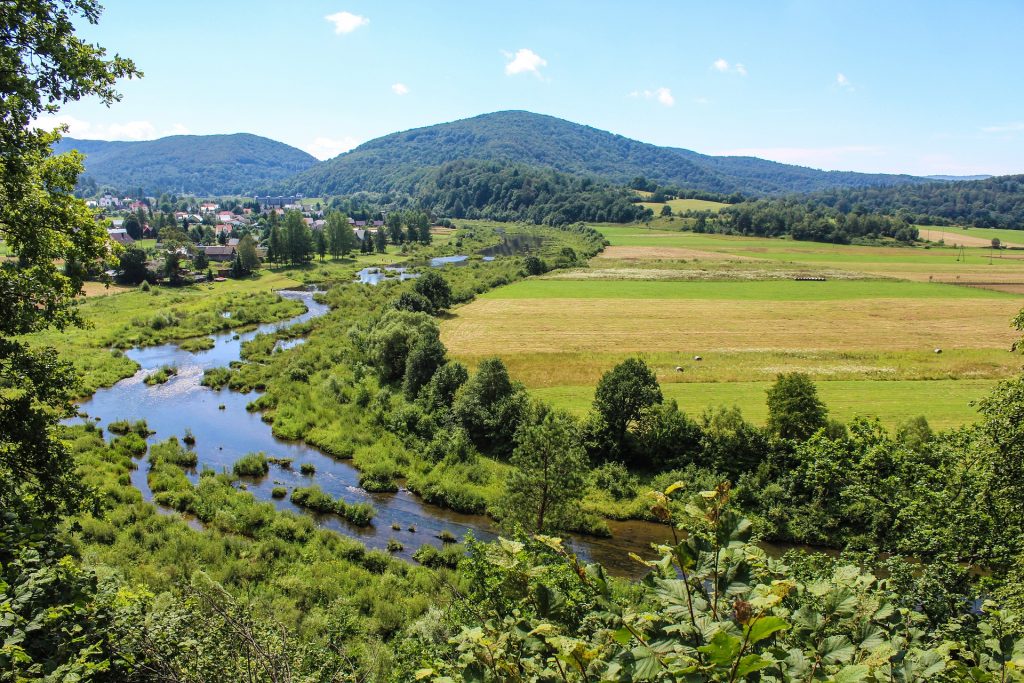
Second place goes to the Bieszczady National Park in Poland, which covers 292 km2 and is one of the most unspoiled landscapes in Europe. The reason for this is a sad one: in 1947 around 100,000 villagers were forcibly resettled as part of the “Operation Vistula”. As a result, the park is far away from civilization and is mainly inhabited by animals: bears, wolves, lynxes, big game and bisons live here in paradise. Since 70 percent of the park is closed to visitors, animals and nature are largely undisturbed. Those who visit this protected area and walk along the paths will find an almost original landscape and absolute peace. Picturesque scenes of rivers meandering in front of gentle hills with nobody to be seen for miles around. This park is an excellent alternative to crowded tourist magnets!
Good to know: In Wetlina, which is an excellent starting point for tours through the park, the small, rustic restaurant Chata Wedrowca is open from the beginning of May to the end of October and enchants its guests with wonderful blueberry pancakes. A must-have for anyone with a sweet tooth!
- Rila National Park, Bulgaria – 4,9 ★ out of 7.990 reviews
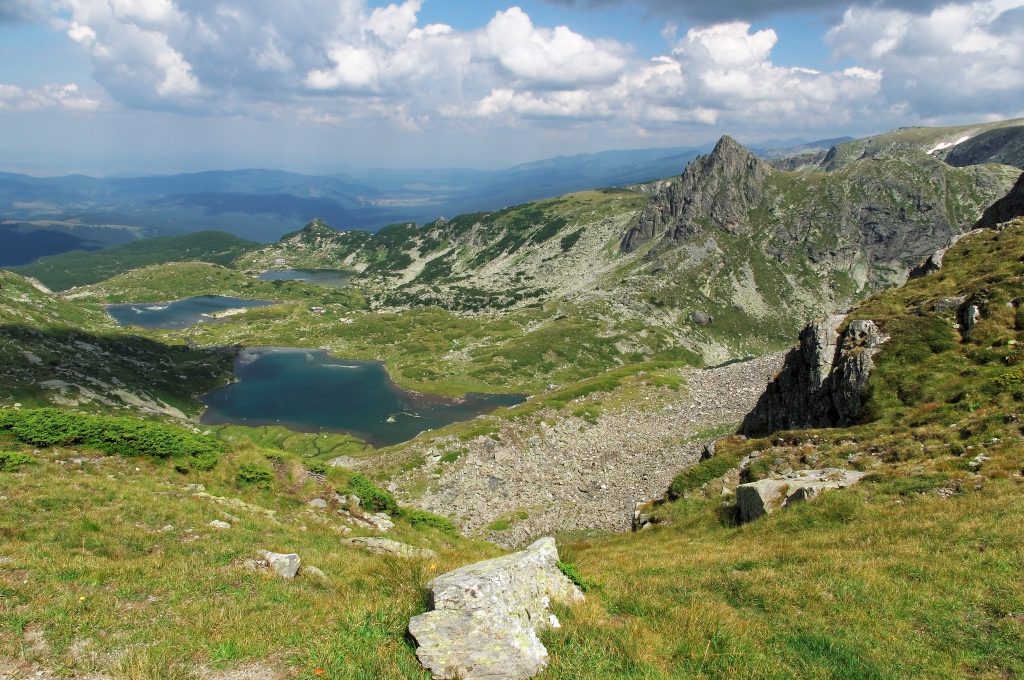
The top three of the most popular European national parks closes with Rila in Bulgaria. The protected area covers 80,000 hectares and contains the largest mountain in Bulgaria (Musala, 2,925 meters), 120 ice-age lakes, even more during snowmelt periods, and numerous idyllic hiking trails. For a special nature experience you should start the hike past the seven Rila lakes. The views are magical and let you forget everything else! Discover with your own eyes the fitting names of the lakes, some of which are called “Tear”, “Kidney” and “Twin”. Not to be missed: At 1,147 metres above sea level is the 10th century Rila Monastery, a UNESCO World Heritage site and one of the largest orthodox monasteries in the world. Further special objects of interest are the only active geyser of southeast Europe in Sapareva Banya in the north and the clay pyramids in Stob at the edge of the national park.
Good to know: Those who aim high have to pack warm clothes for the greater part of the year. In nine out of twelve months, the temperature at the top of Musala is below zero. In summer it stays fresh and it rarely gets above 15°C.
- Ordesa and Monte Perdido National Park, Spain – 4,9 ★ out of 7.795 reviews
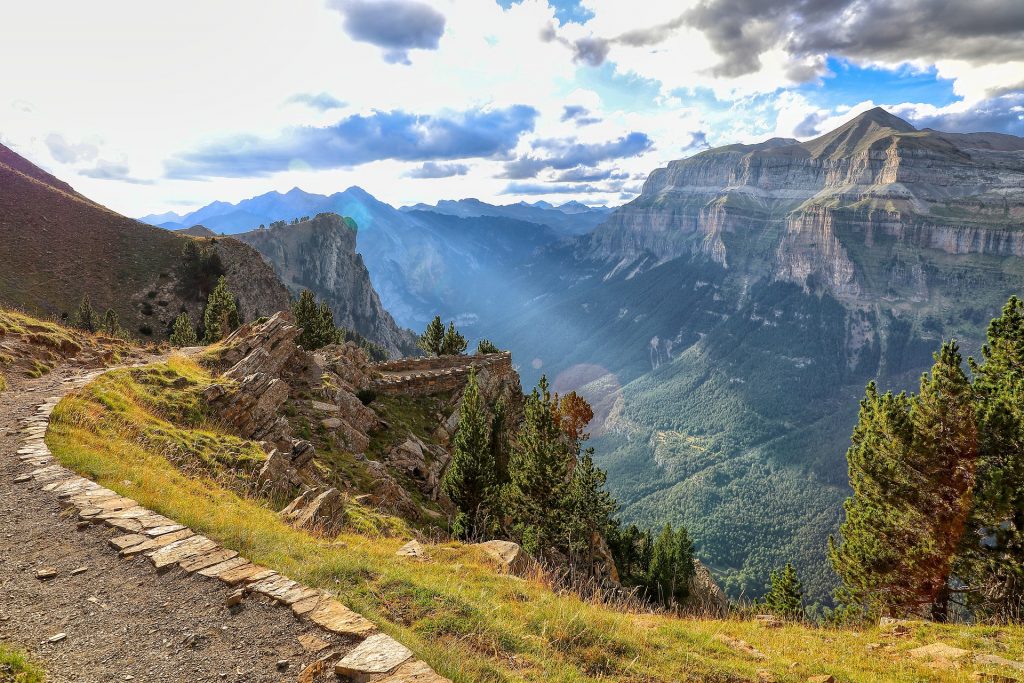
If you like fantasy movies, you will love the landscape in the Ordesa and Monte Perdido National Park! Barren mountain slopes, with dazzling colours in some places, remind you of the desolate region of Mordor, in the “Lord of the Rings”. The feeling is reinforced by the location of the national park in the region of Aragón and by the mountain Monte Perdido, “Lost Mountain”, which gives its name to the park. Not convinced yet? Then you should know that the National Park is also called the Grand Canyon of Spain, belongs to the UNESCO World Heritage and has a lot to offer! Picturesque valleys surrounded by rugged mountain ranges, deep gorges, rushing waterfalls and magnificent vantage points are just waiting to be discovered. During the summer months, only official buses are allowed into the National Park. But most of the area has to be explored on foot – the perfect way to immerse yourself in nature!
Good to know: God only knows where all the birds come from! In the Escuain valley, curious people have the chance to observe vultures and hunting birds nesting here.
- Saxon Switzerland National Park, Germany – 4,9 ★ out of 5.897 reviews

Next up is the Saxon Switzerland National Park in Germany. The rocky landscape of the Elbe Sandstone Mountains is unrivalled in this country and the motto of the national park “Bizarre Rocks – Wild Gorges” certainly does justice to the dramatic appearance. Whoever visits Saxon Switzerland and walks through the stages of the famous Painter’s Way will immediately understand how painters like Caspar David Friedrich were inspired by the landscape to create their romantic masterpieces. The National Park consists of three protection zones and a core zone. In the latter, a strict rule applies, and anyone who strays from the path should expect a fine. There is plenty to discover on the marked trails anyway: Walk through the bastion area, with a view of the world-famous Bastei Bridge and enjoy the stunning sight of Table Mountain Lilienstein. You won’t forget the impressions you take with you from a visit to Saxon Switzerland – and who knows, maybe you’ll paint your own picture afterwards?
Good to know: Boofen – spending the night outdoors on the rocks – is permitted in the national park. This tradition of the Erzgebirge is traditionally reserved for mountaineers.
- Stołowe Mountains National Park, Poland – 4,9 ★ out of 5.752 reviews
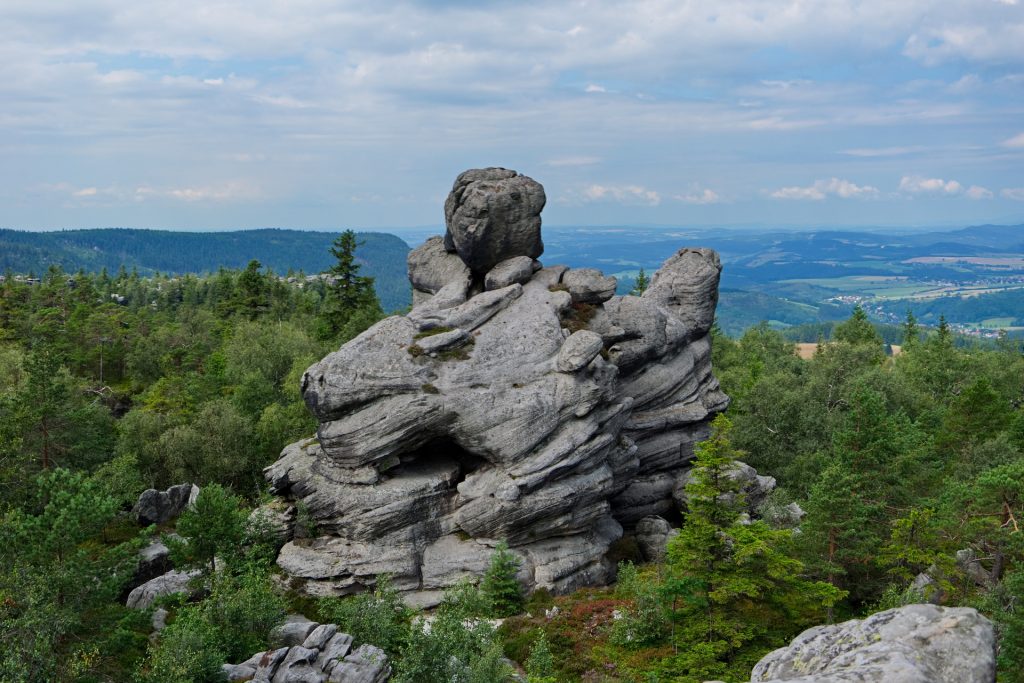
Dramatic rock formations are also waiting for you in Stołowe Mountains National Park. Bizarrely shaped rock formations made of sandstone and breathtaking Table Mountain structures take the visitor to a fantasy world. The nearly 64 km2 large park consists almost completely of forests, which allow for extensive walking routes. The absolute highlight of the national park are the “mushroom rocks”, which stand like oversized mushrooms in the forest and intensify the feeling of being in a fairytale. Apart from that, the rock town and the rock labyrinth attract young and old alike. The highest mountain in the park, the Szczeliniec Wielki (919 metres), should also be visited. The impressive Table Mountain has been formed in the last 70 million years mainly by wind and water.
Good to know: Not far from the protected area you can visit the Kaplica Czaszek (Skull Chapel) in Czermna. According to a tradition that probably began in the 12th century, it is decorated with the bones of more than 3,000 people and in the crypt there are about 21,000 other bones.
- Durmitor National Park, Montenegro – 4,9 ★ out of 5.483 reviews
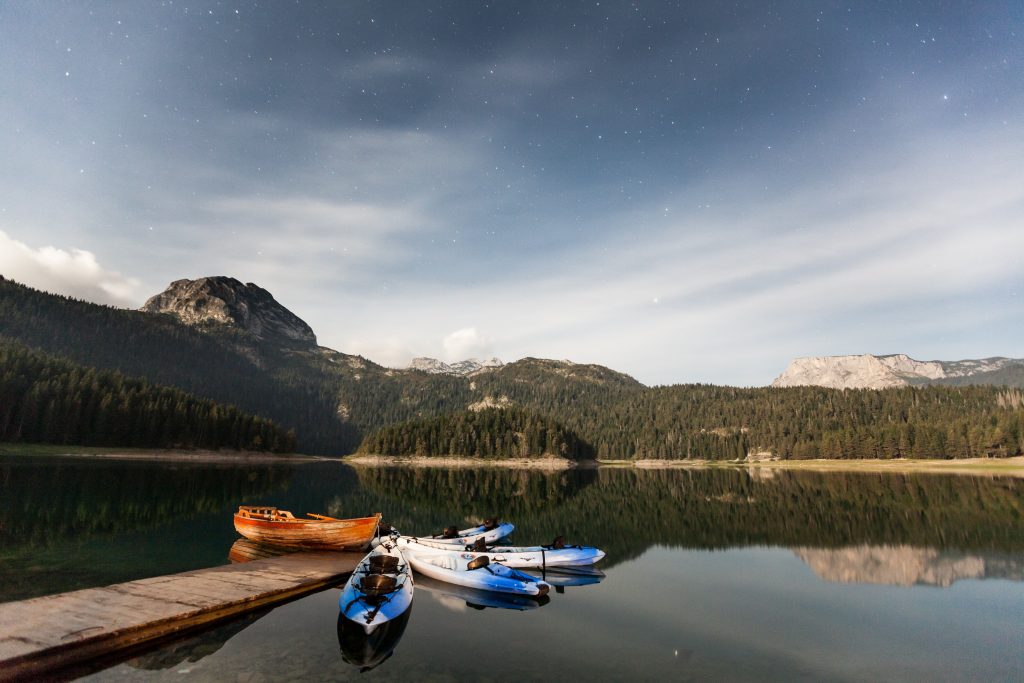
Those seeking an adventure will find what they are looking for in Durmitor National Park. Have you always wanted to try extreme sports? Then throw yourself into one of the following activities this national park offers for its visitors: Paragliding, rafting, dirt bike riding or flying with a zip line over the Tara Gorge – everything is possible here! Of course, the mountain massif, which has 48 peaks with a height of over 2,000 metres, can also be explored in peace and quiet and in winter the ski area attracts winter sports enthusiasts. In this UNESCO World Heritage Site, everyone gets their money’s worth! The biggest attractions are certainly the Black Lake near Zabljak, which in suitable weather reflects the surrounding landscape, and the Tara Gorge, which measures 1,300 metres at its deepest point. This deepest gorge in Europe is crossed by a 365 metre long bridge offering spectacular views!
Good to know: The origin of the name “Durmitor” is not documented, but it probably comes from the Celtic words “dru mi tore”, meaning mountain full of water. This is true in any case, as there are over 18 glacial lakes in the national park.
- National Park Mount Olympus, Greece – 4,9 ★ out of 2.191 reviews
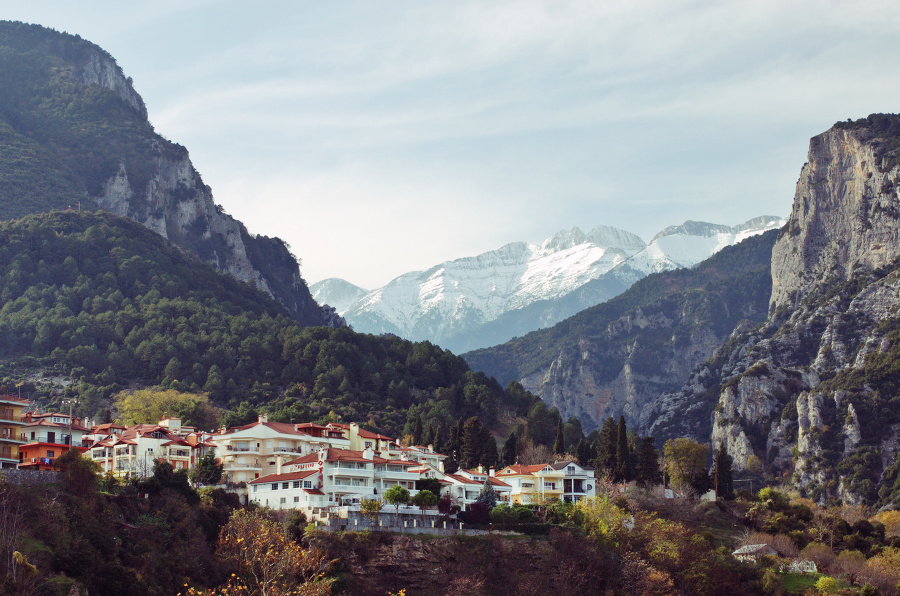
We are moving into the realm of the gods with the eighth place in the ranking of the most popular European national parks. The legendary Olympus was declared the first national park in Greece in 1938. According to ancient myths, Mytikas, the highest peak of Olympus (2,918 metres) was the place where the gods met, and Stefani (2,909 metres), the slightly lower summit, was the throne of Zeus, the father of the gods. If you get to these heights, you can certainly feel the sensation of being on top of the world. Two other peaks at similar altitudes, Skolio (2,911 metres) and Skala (2,866 metres), will also delight mountaineers. Information on hiking trails, monasteries and ancient sites in the area, as well as native plants and animals, can be found in the Visitor Centre close to Litochoro. The place is also an excellent starting point for your excursions.
Good to know: A special event is the annual Olympus Marathon, which brings Greek mythology to life: The route, which starts in Dion at the foot of Mount Olympus, is a reminder of the pilgrimage of the ancient Greeks, who climbed Zeus’ throne in his honour every year. The route is 44 kilometres in length and extends over 3,200 metres in altitude.
- Jotunheimen National Park, Norway- 4,9 ★ out of 2.058 reviews

From the gods to the giants: The Jotunheimen National Park in Norway is known as the “Empire of the Giants”, with over 250 peaks over 1,900 metres towering into the sky. The highest peak is Galdhøpiggen (2,469 meters). The highest heights in this national park are not necessarily the most popular destinations. Between mid-June and mid-September, park visitors push their way in large numbers along the Besseggen ridge – there are about 17,000 of them every month! The efforts are rewarded by magnificent views of the river, mountain lakes and beautiful peaks. Those who prefer solitude should visit less known valleys, e.g. Leirungsdalen, which is by no means less picturesque. What nature has created in this national park takes your breath away!
Good to know: The nature is extraordinary in the Jotunheimen National Park, where you can also observe animals that may not be commonplace for you: Reindeer and moose are the classics here, but lemmings can also be seen. Just be careful: according to some reports the lemmings are not shy of contact and may bite.
- Vikos–Aoos National Park, Greece – 4,9 ★ out of 1.869 reviews
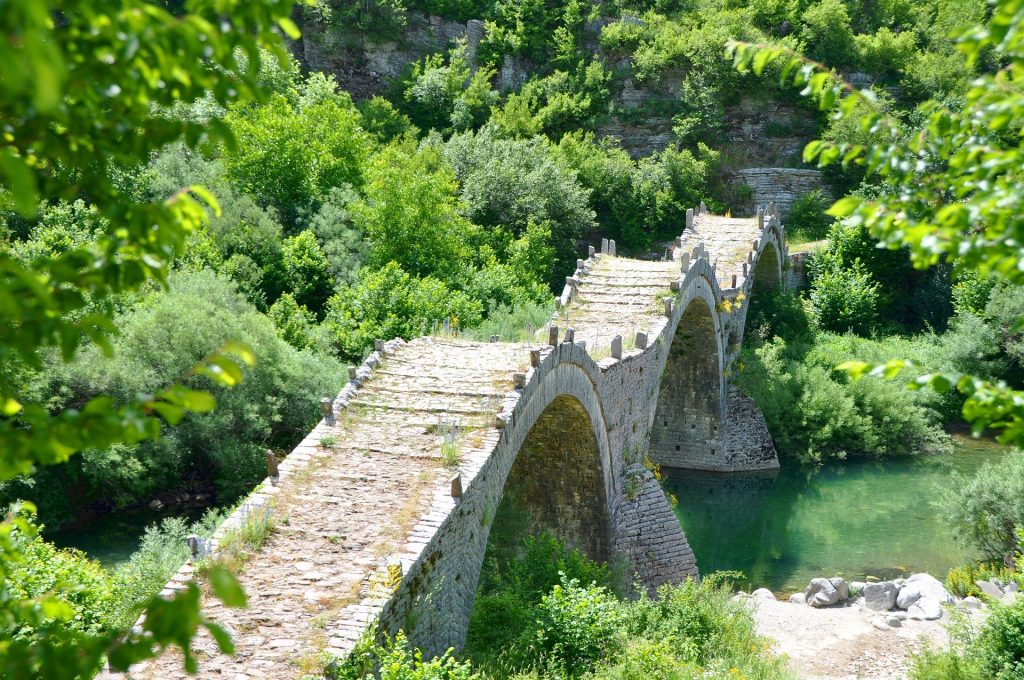
Greece, like Poland, is represented by two national parks in this ranking and closes the top ten with the Vikos Aoos National Park, located in a region called Zagori. The National Park is named after two gorges, of which the Vikos Gorge is the better known – partly because it is in the Guinness Book of Records. The reason: the ratio between the deepest spot and the lowest width is the largest in the world. A crooked stone staircase full of serpentines, the steps of Vradeto, lead directly down into the gorge. Also fascinating: the 45 villages of the Zagori region are connected by old stone arch bridges and winding donkey paths. Today they form the route network for day hikes and multi-day tours and provide idyllic panoramas that take you right back to the Middle Ages.
Good to know: Also in this park you can find various animal species: Besides brown bears, there are also wolves, red deer, wild boars and snakes in Vikos-Aoos as well as the usual suspects such as cows, sheep and numerous bird species. Typical of the park are also wild horses, and some of the visitors swear to hear them trot through the mountains from time to time.
Methodology: This ranking was created in November based on Google data. All European national parks that were marked as such on Google were taken into account. The top 10 was created on the basis of Google ratings, whereby only national parks with at least 100 ratings were considered.


